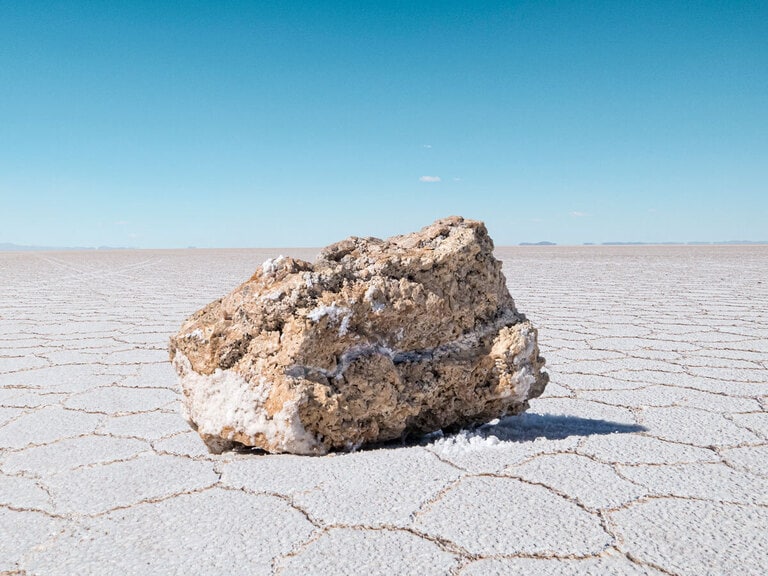For decades now, the agricultural industry has been in an investment returns drought. A lack of farmers alongside a growing population, climate change and urbanisation have all put pressure on agricultural commodity prices. But, according to Jim Rogers, co-founder of the Quantum Fund, the market could be turning into a new cycle.
Looking at the performance of agricultural commodities across funds, the RCIC-Agricultural exchange-traded note (ETN) [RJA] stands out against the rest. The fund climbed 4.7% in the year-to-date to $5.82 on 9 November and was up 25.4% from its April low of $4.64.
In the same year-to-date period, the Invesco DB Agriculture fund [DBA] and Teucrium Agriculture fund [TAGS] have fallen 9.7% to $14.95 and 0.8% to $19.44 respectively.
25.4%
Rise of the RCIC-Agricultural exchange-traded note (ETN) [RJA] since its April low
As a whole, agricultural commodities have outperformed the broader market so far this year. The S&P GSCI Agriculture Index has climbed 7.7% in the year-to-date (through 9 November’s close), compared to the S&P 500’s 9.4% climb.
When it comes to a return on investment, the US blue-chip index’s return of 12.2% in the last six months was outpaced by the RJA fund’s 22% in the same period.
Building an agricultural index
The agricultural industry is an area of the market on which Rogers has been bullish for years. The renowned investor first started taking an interest in commodities around the late 1960s and early 1970s.
At the time, most investors didn’t even read the commodities page in The Wall Street Journal, but Rogers made a point to keep well informed in all areas of the market.
“If you’re going to be a proper investor you’ve got to know about everything because if you’re going to invest in electrical companies you’ve got to know the price of copper,” he tells Opto.
“If you’re going to be a proper investor you’ve got to know about everything because if you’re going to invest in electrical companies you’ve got to know the price of copper”
His interest in agriculture grew, and Rogers decided to continue investing in it but, at the time, he saw all existing commodity indices as hopeless. “Necessity is the mother of invention, so I did some research and came up with my own commodities index,” he says.
When building the index, Rogers referred to TheCRBCommodity Yearbook, which was first published by the Commodity Research Bureau in 1965 and is still to this day how he checks up on the latest statistics and figures. “But nearly every government has statistics on what people use and what people grow and consume,” he clarified.
Through his research, Rogers tried to figure out what we all use most in our lives. It was this rationale that he used to pick the holdings in the fund. Rogers based it on “the cost of staying alive, the cost of being a human being, and the cost of living”.
He adds: “Whether we like it or not, corn, wheat, cotton and soybeans are major agricultural products in all of our lives. And whether we like it or not, a lot of us use sugar. Sugar is an important commodity in the world. And we wear clothes, so we use a lot of cotton.”
By the late 1990s, he launched the Rogers International Commodity Index [RCIC] as a way to offer exposure to a basket of commodities — agriculture, energy and precious metals — consumed by the global economy.
“Whether we like it or not, corn, wheat, cotton and soybeans are major agricultural products in all of our lives. And whether we like it or not, a lot of us use sugar. Sugar is an important commodity in the world. And we wear clothes, so we use a lot of cotton”
On 17 October 2007, Elements — an issuer of ETNs that’s owned by the Bank of America — launched the RJA ETN, which is designed to track the agricultural holdings in the RCIC index.
The fund has a total of 22 holdings, according to Rogers, making it the broadest of the ETN funds. As of 9 November, its biggest weighting was in wheat at 20% followed by corn at 13.6%, cotton at 11.6%, soybean at 8.6% and coffee at 5.7%, according to the ETF Database.
The commodity super cycle starts to turn
“It's been a very long bearish cycle in agricultural commodities,” Rogers says. Despite the recent rally, the RCIC-Agricultural index has been down about 50% over the past 15 years — “and that's because agriculture has been a nightmare.”
“Sugar, for instance, is down 80% from its all-time high. That is not a typo. These long-term trends, it seems to me, are coming to an end. Inventories have been whittled down… I don't know if production can go up anymore, especially given the [COVID-19] virus. I don't think the demand for food and clothing is going to go down much,” Rogers explains.
“Inventories have been whittled down… I don't know if production can go up anymore, especially given the [COVID-19] virus. I don't think the demand for food and clothing is going to go down much”
As of 10 November, the price of sugar was $0.1468 per pound, 77.4% off its all-time high of $0.6520 recorded in 1974, according to data by Macrotrends.
One of the reasons the agriculture disaster of many decades is coming to an end is because there are a lack of skilled farmers, growers and agricultural workers. “More people in America study public relations than agriculture. The average age of farmers in America is 58. The average age in Japan is 66,” Rogers points out.
There is also the second wave of COVID-19 that governments have to contend with, as many countries look to shore up reserves in the event of food inflation. Years of overproduction and the resulting storage fees from surplus food are also catching up, as disrupted supply chains force even more food waste.
“If it doesn't change, we're not going to have any food or any clothes or anything. But it is changing. Normal economic factors are at work. We’ve have had big cycles throughout history in agriculture and it looks to me like we're turning again”
“If it doesn't change, we're not going to have any food or any clothes or anything,” Rogers warns. “But it is changing. Normal economic factors are at work. We’ve have had big cycles throughout history in agriculture and it looks to me like we're turning again.”
The legendary investor isn’t the only one who is projecting a rosier outlook. John Baffes, a senior agriculture economist at the World Bank, forecasts agricultural commodities to make modest gains in 2021.
Disclaimer Past performance is not a reliable indicator of future results.
CMC Markets is an execution-only service provider. The material (whether or not it states any opinions) is for general information purposes only, and does not take into account your personal circumstances or objectives. Nothing in this material is (or should be considered to be) financial, investment or other advice on which reliance should be placed. No opinion given in the material constitutes a recommendation by CMC Markets or the author that any particular investment, security, transaction or investment strategy is suitable for any specific person.
The material has not been prepared in accordance with legal requirements designed to promote the independence of investment research. Although we are not specifically prevented from dealing before providing this material, we do not seek to take advantage of the material prior to its dissemination.
CMC Markets does not endorse or offer opinion on the trading strategies used by the author. Their trading strategies do not guarantee any return and CMC Markets shall not be held responsible for any loss that you may incur, either directly or indirectly, arising from any investment based on any information contained herein.
*Tax treatment depends on individual circumstances and can change or may differ in a jurisdiction other than the UK.
Continue reading for FREE
- Includes free newsletter updates, unsubscribe anytime. Privacy policy





